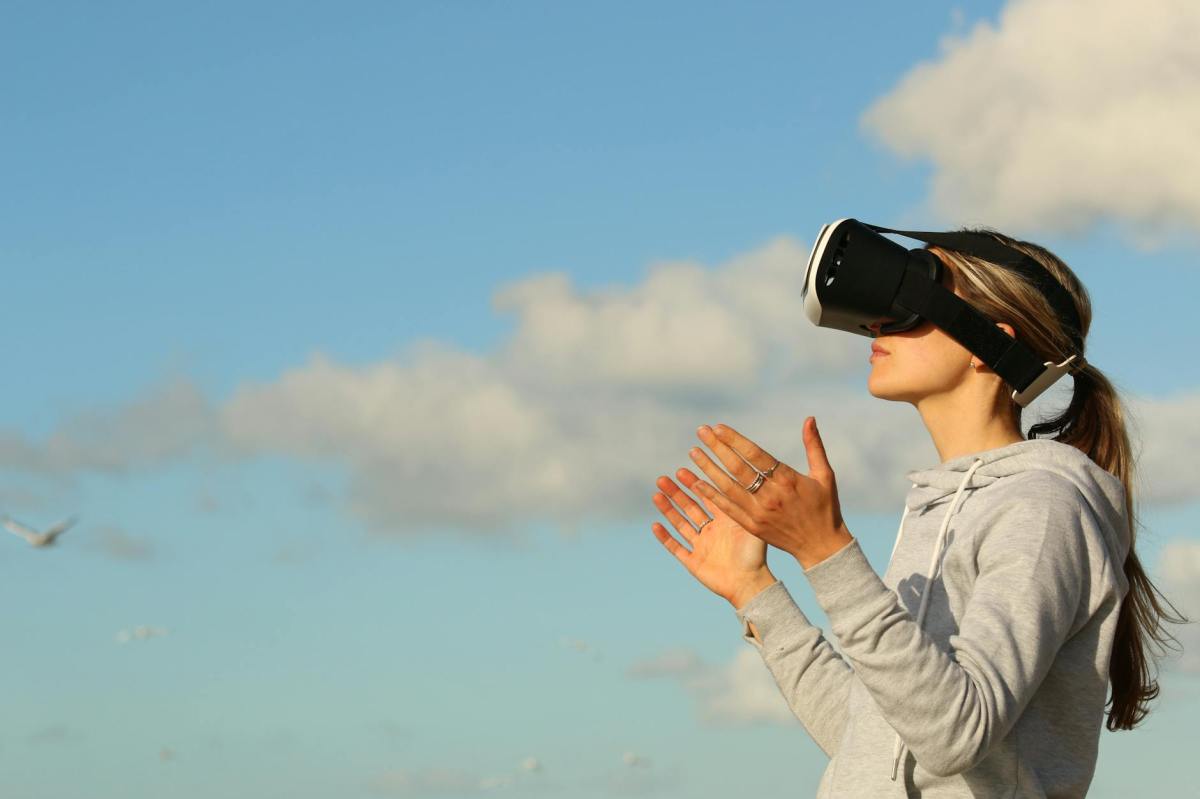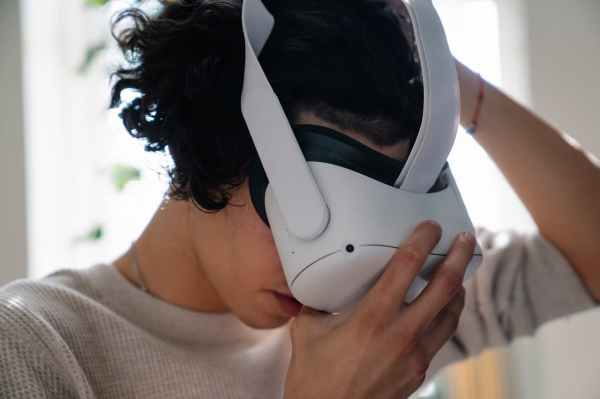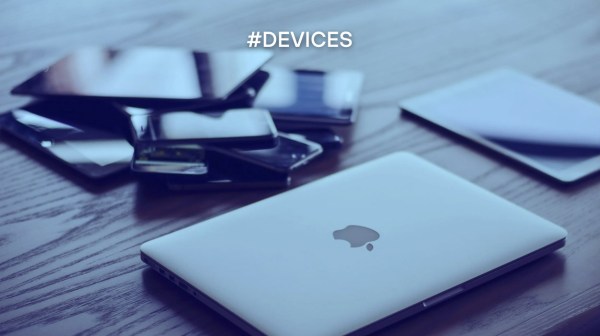In order to answer this question, let me first explain in a nutshell what virtual reality, augmented reality or mixed reality is.
Definition
Virtual reality (VR) is the projection of reality in a 100% virtual environment, i.e. what you see is totally imaginary. For example, when you move into the universe of Movistar Immersive Experience and access the Okuda San Miguel exhibition with your avatar.
Augmented reality (AR), on the other hand, is based on reality and adds unreal elements to it. For example, when you want to buy a coffee table for your home and, through the Amazon APP, you have the possibility to see how it would look in your living room. You choose the option “view in your room”, you focus your camera on the place and you see on your mobile screen your wall with the drawing of the table superimposed on it. This way you can see how it would look with the rest of your decor.
Finally, there is mixed reality (MR), which allows interaction between virtual and real elements in real time, where digital elements can interact with the physical environment and vice versa. In this case its application could be a real-time distance learning course.
In all cases, the visualisation is done thanks to a screen that can be that of a computer, a tablet or a pair of glasses. There are many models of glasses. The Meta Quest 3 models stand out, which are accompanied by two controllers that allow total immersion thanks to positional 3D audio, as well as Ray Ban glasses with built-in camera and microphones.
The applications of these technologies
The applications of these technologies in different aspects of our society are wide-ranging: they allow new employees to be trained in the use of heavy machinery for offshore platforms before working on-site on them; or to create, (in mixed reality) by inviting collaborators from all over the world to work on shared designs in real time.
Other examples are meeting friends on Roblox to create games and experiences; or even creating new life-changing therapies for patients recovering from injuries, thanks to virtual medical care.
My experience
Being a co-therapist mother, that is, I continue to execute at home the treatment that my daughter’s physiotherapist carries out, with her guidelines, I am using technology to re-educate her left hand, through a programme that associates a video game and virtual reality glasses.
Advantages of the use of virtual reality in therapies with people with disabilities
Children tire more quickly than adults and do not have the same capacity for reflection. For this reason, they sometimes do not understand why they have to keep doing re-education exercises to improve their condition.
This is where the importance of play and video games comes in. According to therapist Pablo Pérez, when a person is doing virtual reality therapy, time seems to stand still and the patient has the sensation of having spent much less time than the real thing (up to 28.8%).
Another advantage is that when the child looks through the glasses at the movements projected in front of him, he sees how his body should behave, i.e., for example, how his hand should open and close if everything worked correctly at the neuronal level. This is where the role of mirror neurons comes in, which are nerve elements located in the frontal and parietal lobes that help us in learning processes.
When we see a person doing something, we try to imitate them and when we do this action, these neurons are activated. Working with virtual reality will generate a change at the neuronal level that translates into the creation of new neuronal networks. Seeing a virtual hand open and close when the brain gives the order, gradually makes the real hand start to do the same.
In conclusion, we must remember that, throughout our lives, we will all face the reality of disability, whether it is the birth of a child after a complicated delivery, a car accident, cardiovascular failure or simply getting older (as described by Chris Hemsworth’s experience when he filmed the Netflix National Geographic documentary “Limitless”).
It is encouraging to know that technology will help us to recover or develop to the fullest our abilities to live a full life.








